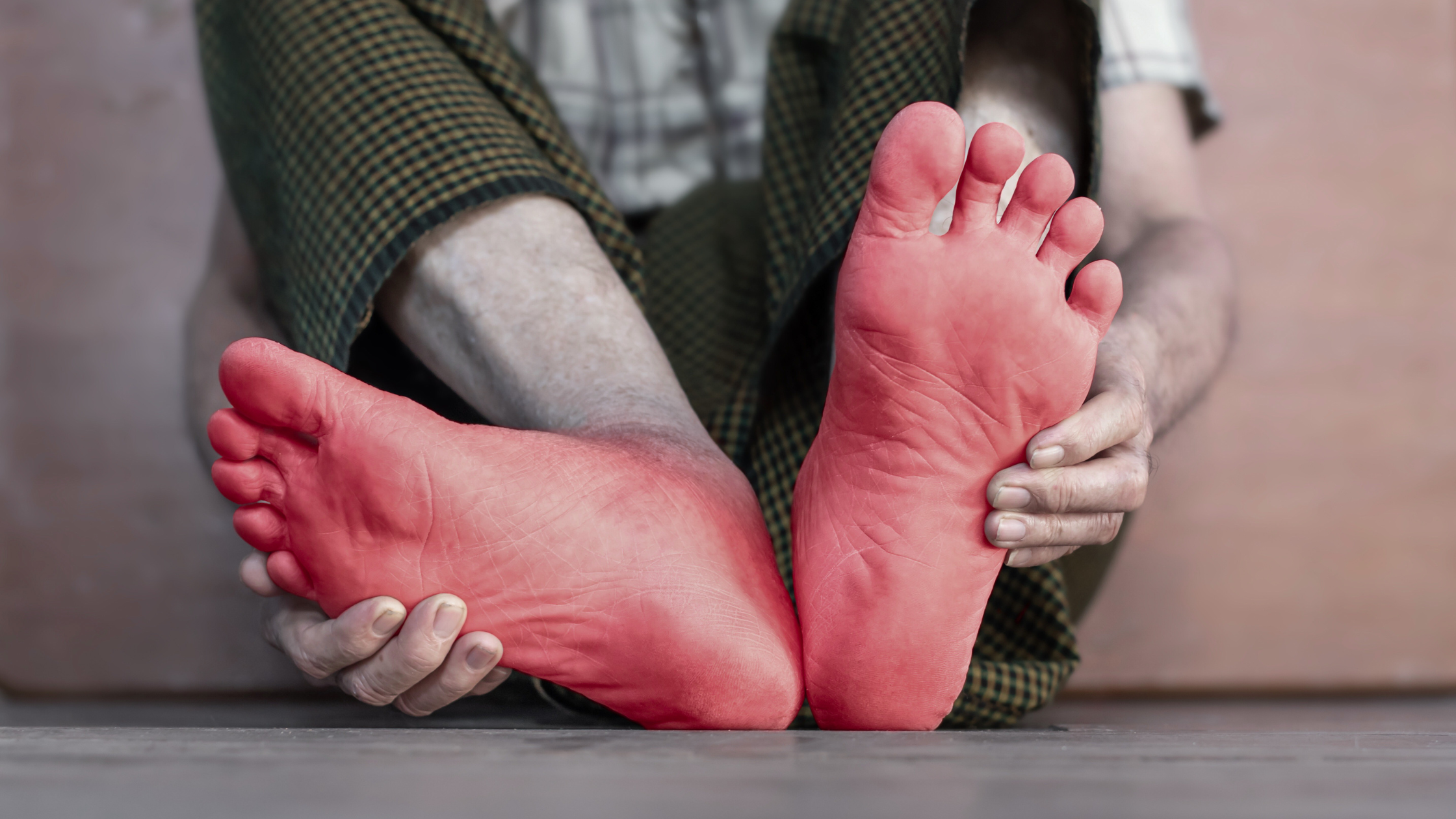
Peripheral neuropathy has long been considered a mysterious condition. Its causes can be complex, and its impact often extends far beyond what’s visible on the surface. Over time, medical research and our own experience at NexGenEsis Healthcare have revealed that the story doesn’t stop at the well-known signs like numbness or tingling. Science continues to uncover a broader range of symptoms, some subtle and unexpected, that can signal underlying nerve damage.
These new and lesser-known symptoms are critical to recognize early. Understanding them not only helps in seeking timely care but can also make a difference in preventing the condition from progressing to a more severe stage.
If you’ve been experiencing unusual sensations, unexplained discomfort, or changes in how your body responds to touch or temperature, don’t wait for symptoms to worsen. Schedule a regenerative medicine consultation session with NexGenEsis Healthcare San Antonio to explore personalized, non-surgical solutions that address your specific needs.

Medical knowledge isn’t static, it evolves. As research advances and clinical experience deepens, we gain a clearer picture of conditions that were once only partially understood. Peripheral neuropathy is no exception. While it has long been associated with certain hallmark signs, ongoing studies and patient observations are revealing new and sometimes surprising ways it can affect the body.
Classic symptoms of peripheral neuropathy often involve sensory disturbances, such as persistent numbness, tingling, or burning sensations in the hands and feet. Many patients also report sharp, stabbing pains or heightened sensitivity to touch, making even the lightest contact uncomfortable. Muscle weakness, loss of coordination, and difficulty with balance are also common, especially as the condition progresses. These well-known signs remain critical for diagnosis and treatment planning.
Alongside these familiar symptoms, emerging signs are gaining attention in the medical community. These may be subtle, intermittent, or mistaken for other issues, yet they can provide valuable clues to early nerve damage. Recognizing them can help patients and providers act sooner, potentially slowing or halting disease progression.
Some of these lesser-known symptoms include:
Understanding both the classic and emerging symptoms paints a more complete picture of peripheral neuropathy. This awareness empowers patients to seek care earlier, allowing for more effective management and, in some cases, a better quality of life.
Peripheral neuropathy can stem from a wide range of conditions, and understanding the root cause is often the first step toward effective treatment. This condition develops when the peripheral nerves responsible for sending signals between the brain, spinal cord, and the rest of the body are damaged or disrupted. The damage can happen gradually over years or appear suddenly after an injury, illness, or exposure to harmful substances.
While certain causes, such as diabetes or traumatic injuries, are well-known, others can be more subtle and harder to detect. For example, nutritional deficiencies or prolonged medication use may quietly contribute to nerve damage over time. By recognizing these underlying factors, healthcare providers can tailor treatment strategies that target not just the symptoms, but the source of the problem. Some of the most common causes include:
Diabetes – The most common cause, leading to high blood sugar–related nerve damage.
Injuries or Trauma – Physical damage from accidents, falls, or surgeries.
Autoimmune Disorders – Conditions like lupus or rheumatoid arthritis that attack nerve tissues.
Nutritional Deficiencies – Particularly a lack of B vitamins, essential for nerve health.
Chronic Alcohol Use – Long-term alcohol consumption can cause nutritional gaps and nerve toxicity.
Infections – Viral or bacterial infections that damage nerve tissue.
Toxin Exposure – Contact with heavy metals, certain chemicals, or prolonged use of specific medications.
Recognizing and addressing the cause early can make a significant difference in slowing disease progression and improving quality of life.
Non-surgical treatments focus on repairing nerve damage, improving circulation, reducing inflammation, and supporting the body’s own healing processes without the need for invasive procedures. These therapies aim to address the root cause rather than simply masking symptoms. Below are some of the most effective approaches being used today:
These treatments use nutrient-rich compounds, supplements, and targeted protocols to encourage the regeneration of damaged nerves. They work by improving blood flow, reducing oxidative stress, and supplying the building blocks nerves need to heal.
This approach involves using the body’s own healing factors such as growth factors and biologically active proteins to stimulate tissue repair. By enhancing the body’s natural regeneration capabilities, these therapies can help restore nerve function over time.
Electromodalities (such as microcurrent therapy) and low-level laser therapy use controlled energy to stimulate nerve cells, improve circulation, and reduce pain. They also promote cellular repair by triggering biochemical processes that accelerate healing.
These kits provide patients with tools and protocols they can use at home to support ongoing nerve repair and pain management. They may include devices, exercises, and targeted nutrition plans designed to complement in-clinic treatments.
By combining these methods either individually or in a tailored plan, patients can often achieve significant relief and functional improvement without undergoing surgery.
Peripheral neuropathy can be life-altering, but it doesn’t have to define your future. Modern non-surgical treatments now make it possible to not only relieve pain but also promote true nerve repair and improved function. By focusing on root-cause healing through natural nerve repair, regenerative therapies, advanced technologies, and at-home support, you can take an active role in reclaiming your mobility, comfort, and quality of life.
If you’re ready to explore a personalized, non-invasive treatment plan for peripheral neuropathy, contact NextGenEsis Healthcare today and take your first step toward lasting relief.